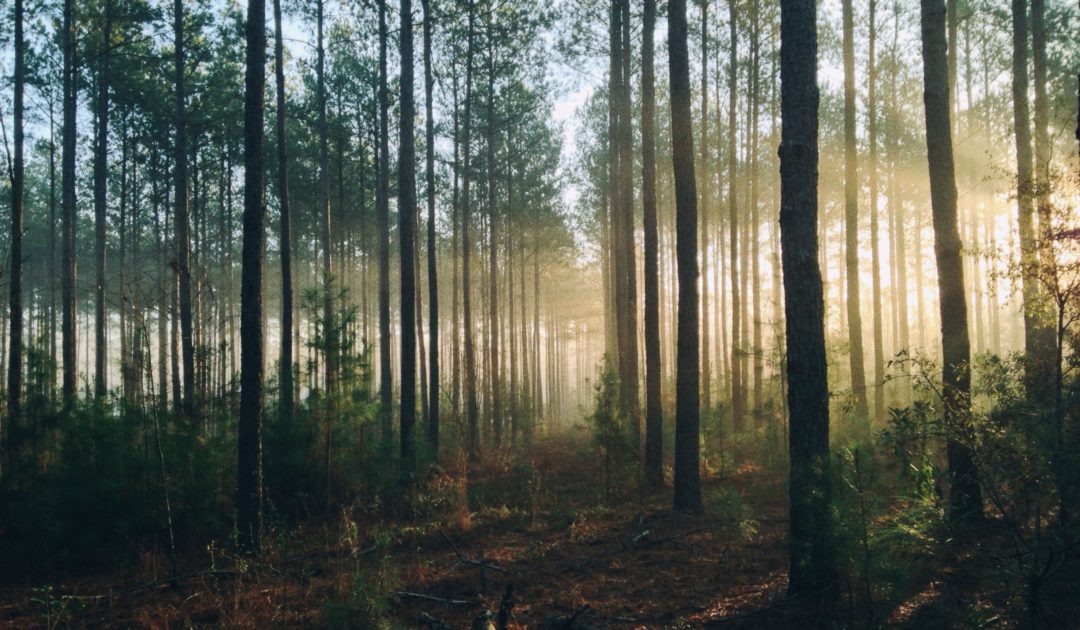Terrestrial Zoology | Project
Hessische Naturwaldreservate – Zoological research in strict forest reserves in Hesse (Germany)
The research in the strict forest reserves falls into the area Biodiversity and Ecosystems.

The research in the strict forest reserves falls into the area Biodiversity and Ecosystems.
Since the Year of Nature Conservation in 1970 the setup of strict forest reserves throughout Germany was intensified, to gain a spectrum of reserves, which allow an undisturbed development of forest communities and their investigation. In detail the following goals were aimed at:
Since 1988 strict forest reserves exist in Hesse. These are former working forests, which have been taken out of utilisation. Today 31 areas exist with a total size of 1228 ha (arithmetical mean: 39.6 ha, median: 30.3 ha, single areas: 7.7 ha–140.2 ha), which cover the spectrum of forest communities occurring in Hesse. They are also named “total reserves”. According to the character of Hesse, beech (Fagus sylvatica) is dominating most of the reserves. Besides beech pedunculate oak-, sessile oak-, pine- and spruce-forests are represented. For 22 of the total reserves an area for comparison was established – mostly immediately neighbouring, where silviculture is continued (in total 767.4 ha, arithmetical mean: 34.7 ha, median: 27.8 ha, single areas: 4.6 ha–113.3 ha). First goal of the research is to to inventory these forest areas as meaningful as possible, in which foresters, botanists and zoologists are involved. In the year 1990 the zoological research by Senckenberg started.